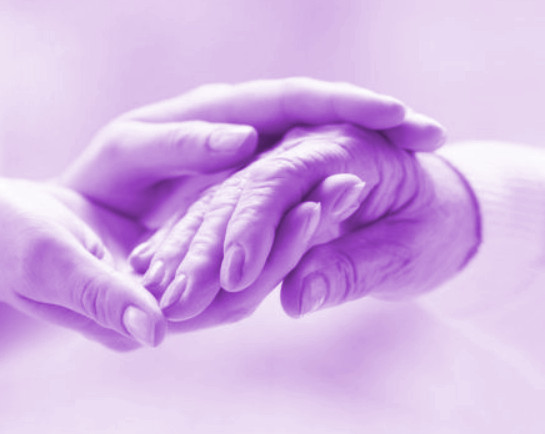Ambo shows important link
 Experts say patient-paramedic trust can help free up emergency departments.
Experts say patient-paramedic trust can help free up emergency departments.
The professionalism and compassion of paramedics attending emergency calls can reduce unnecessary presentations at hospital emergency departments, according to University of the Sunshine Coast research by a veteran ambulance officer.
Dr Robbie King’s five-year PhD at UniSC found that the quality of interactions between patients and paramedics on-site – including validation of concerns, thorough assessment, and therapeutic communication – could restore a patient’s confidence in their ability to self-manage without transport to hospital.
“The study identified that paramedics are trusted by patients as healthcare professionals who are able to support them with decision-making regarding necessity of attendance at hospital ED,” Dr King said.
“When patient-paramedic interactions included validation, thorough assessment, and both compassionate and professional care, patients who did not need to attend ED were able to regain self-efficacy to manage their concerns independently.
“Paramedics in those cases could help direct patients to the best healthcare service options for their needs.
“However, in cases where this did not occur adequately for the patient, trust did not develop and patients continued to seek emergency healthcare until they found resolution.”
Dr King, a senior advanced care paramedic with 15 years of experience with Queensland Ambulance Service, currently works as a single responder on the Sunshine Coast.
His research analysed the characteristics of more than 1.5 million NSW Ambulance patients between 2020 and 2021, finding that 12.6 per cent were not conveyed to an ED.
He also interviewed 21 people from that category to better understand their experiences with paramedic and ambulance service healthcare.
“The study showed how the ‘patient experience’ of paramedic-led healthcare could result in the identification of patients’ true needs, which might suit healthcare services other than an ED,” he said.
“This outcome differs from the traditionally accepted concept that ambulance services mostly attend acute emergencies in the community and transport patients to an ED for further assessment and, if necessary, treatment.”
Dr King says the findings could help inform paramedic practice and education.
“This knowledge could also provide a foundation to develop patient-reported experience measures of paramedic-led, and ambulance service, healthcare,” he said.
“Currently, there are no specific measures for patients not conveyed by an ambulance service to ED.”
The PhD has created a new theoretical model that could help academics and professionals better understand how patients experienced non-conveyance.
More details are available in the full thesis and previous paper.








 Print
Print